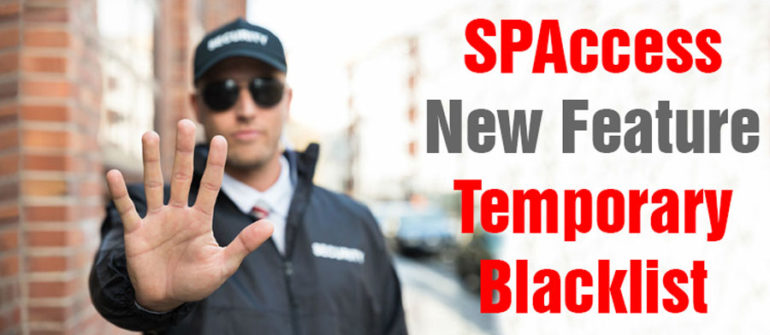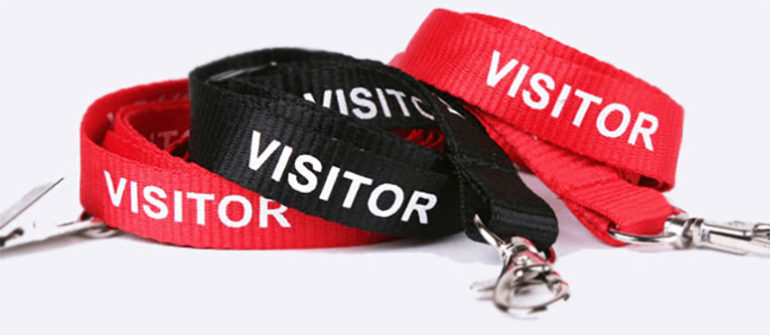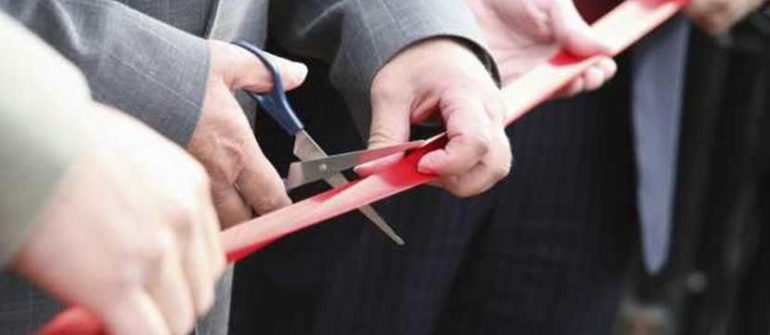During our presentations, we were asked many times about the advantages of a visitor management app and why is it important to have one. Some people say all the features of such apps can be easily replaced with a carefully designed and implemented access procedure. I agree only in part with this approach because I believe there are a couple of things that an app does in addition to or better than an access procedure. You can see my top 5 reasons you need a visitor management app below :
1. VISITOR MANAGEMENT APPS PROVIDE IMPROVED COMPLIANCE
Many times, especially when you come across a security incident, you run into the difficult task of gathering data from different sources such as your access log, video surveillance system, other documents (cargo documents, access documents). It is in these moments you realize your system is not working properly because data are incomplete and with mistakes.
A visitor management app has several functions in place in order to avoid the appearance of incomplete or corrupt data. Although each app may have different specific functions, two of the most common are the mandatory fields which must be filled in and the data input format which may correct faulty input (for instance the Social Security Number format).
2. VISITOR MANAGEMENT APPS CAN BE AUDITED
A good application provides its users with auditing tools. Whenever I consult hard-copy access records I see occasional data corrections which cannot be traced back. One can never say who modified the data, when, for what reason and from which value to which value. This type of information could prove extremely useful in delicate moments or in security related investigations.
An app usually keeps a log of all or certain operations performed by users which may be consulted when in need of such information. Also, there are instances in which you can never retrieve this type of information like in the case of former employees.
3. SPEED, AVAILABILITY AND ACURRACY OF DATA
This reason is valid for any type of application as compared to hard copy systems. The arguments are well known and they are provided by different options and functionalities such as backup, remote access, auto fill in, editing and so on.
4. REAL TIME NOTIFICATIONS / ALERTS
This functionality proves itself especially useful for new employees and security inspectors / managers. New employees require a certain amount of time to learn the rules, persons and so on but this should not be transparent to the visitors. In this case, it’s enough for the new employee to learn the basic elements and the app will prompt her/him every time she/he needs to take special action.
Also, inspectors and managers dealing with security may be informed about specific situations and persons (ex: watch list) so that they can act accordingly.
Hard copy logs / registries cannot provide these alerts and one needs to check every element against printed lists which means longer access times and a poor identification rate.
5. DATA MANIPULATION
One of the most useful functionalities provided by visitor management apps is the ability to manipulate data. Some solutions provide a good amount of data (list management, access KPIs and so on) within the app itself and almost all solutions offer you the possibility to export data in excel or other formats that allow calculations.
By opposition, hard copy systems require a person to go through recordings and take notes or make a new evidence with all the data of interest. Also, if you need to update the data you need to restart the process from the very beginning or from the last point of reference whereas in a visitor management app you simply apply a filter and export the results.
These data and calculations can be used for various purposes such as improving operational KPIs (for instance gate-to-gate time) or to better managing the peaks of activity.
CONCLUSION
We believe that in order to have a decent visitor access and management system, one needs to implement an app. However, an app can only record data and run some algorithms and therefore it should be used as a tool to augment the capabilities of the receptionist or access control personnel.
This is especially true in case of crowded places (such as office buildings), sensitive places (such as government facilities or research facilities) and data intensive places which require lots of data to be captured, processed and stored (such as warehouse or production facilities).



